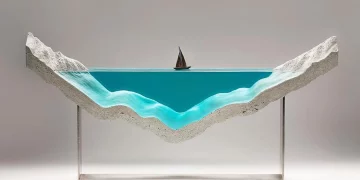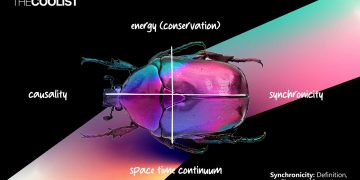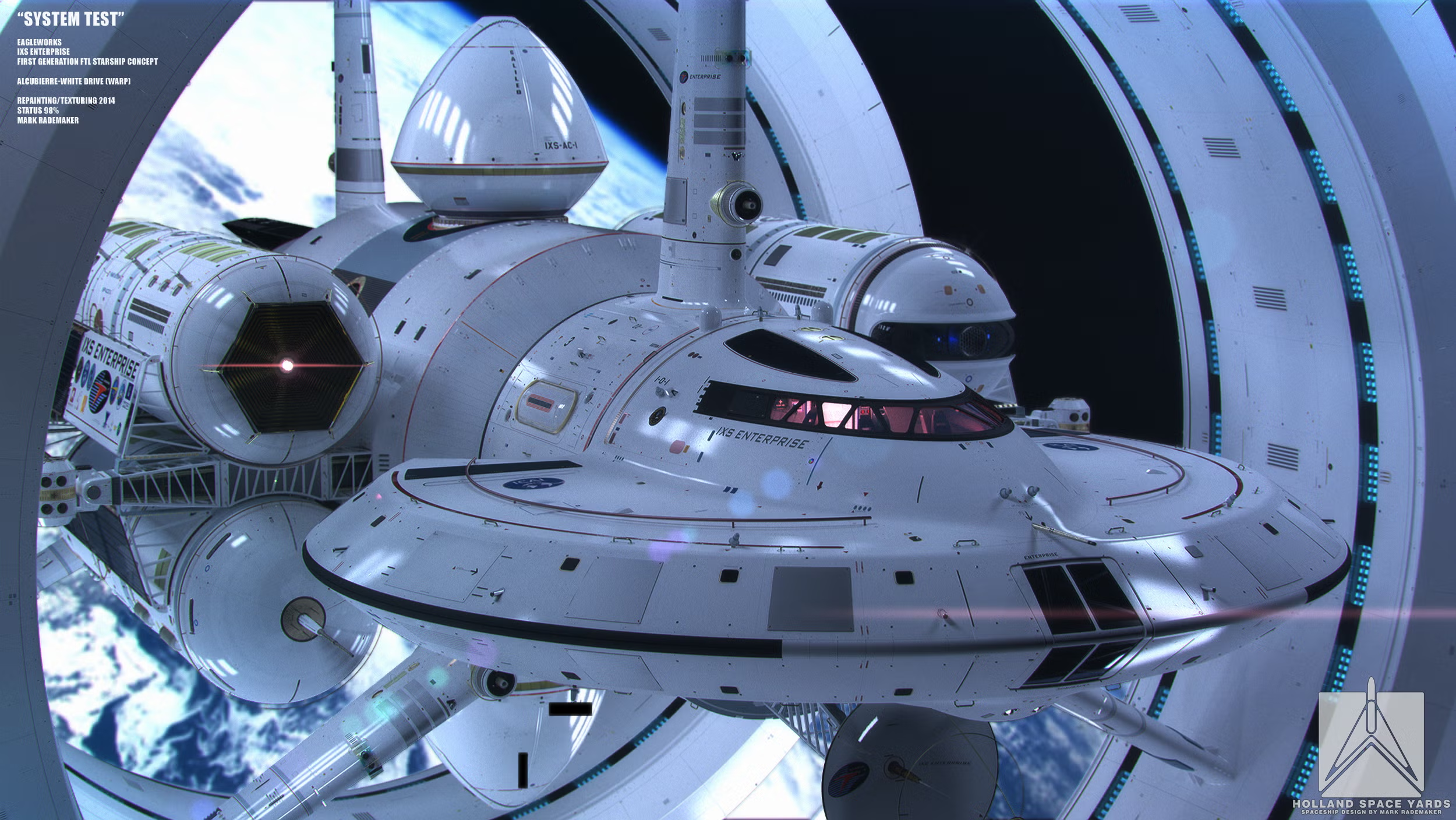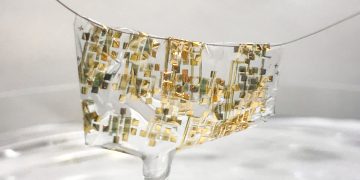Introduction: The Evolution of Retail and Consumer Expectations
The retail industry has been in a constant state of transformation over the past few decades, with the rise of online shopping significantly altering the way consumers make purchasing decisions. Traditional brick-and-mortar stores, which once dominated the retail landscape, have had to adapt to the growth of e-commerce platforms, with many large retailers pivoting to digital-first strategies to meet evolving customer expectations.
However, a new wave of technological innovation—virtual reality (VR)—is now poised to take the online shopping experience to the next level. VR offers a truly immersive, interactive environment that allows consumers to shop as if they were in a physical store, all from the comfort of their homes. This development raises a pressing question: Will the rise of VR shopping experiences lead to the demise of physical retail stores? Or will these virtual experiences coexist with traditional retail, redefining how we shop in the future?
In this article, we will explore the impact of virtual reality shopping experiences on the retail industry, examining how VR technology is transforming consumer behavior, the challenges it presents to physical stores, and whether the future of shopping will be virtual or physical—or perhaps a combination of both.
The Rise of Virtual Reality in Retail
Virtual reality is a rapidly growing field that has already made significant strides in various industries, including gaming, entertainment, education, and even healthcare. In the realm of retail, VR allows for immersive shopping experiences that bridge the gap between the convenience of online shopping and the tactile, hands-on nature of in-store shopping.
- Immersive Virtual Stores: With VR, consumers can step into a fully digital store and browse products in 3D, interact with virtual displays, and explore products from all angles, much like they would in a physical store. The technology can replicate the experience of walking through an actual retail environment, providing a sensory experience that traditional e-commerce websites cannot offer.
- Try Before You Buy: One of the main challenges of online shopping is the inability to physically interact with products before making a purchase. VR addresses this by enabling consumers to virtually try on clothes, view furniture in their homes, or even test out makeup products, all without leaving their homes. This “try before you buy” functionality helps bridge the gap between physical and online shopping experiences.
- Enhanced Customer Engagement: VR can also be used to engage customers in new and exciting ways, such as hosting virtual fashion shows, product demos, or exclusive events. This interactive approach not only provides entertainment but also creates a deeper connection between consumers and brands.
The Advantages of Virtual Reality Shopping
Virtual reality offers several advantages that could redefine the shopping experience. These benefits include:
- Convenience: VR shopping eliminates the need for consumers to physically visit stores or navigate through crowded shopping malls. It offers the ultimate convenience, as shoppers can visit virtual stores at any time of day, from anywhere in the world. With VR headsets, the barrier between digital and physical shopping becomes almost nonexistent.
- Personalization: Virtual reality allows for a highly personalized shopping experience. Through advanced algorithms and artificial intelligence (AI), VR systems can recommend products based on consumer preferences, shopping habits, and previous purchases. Furthermore, the VR environment can be tailored to each consumer’s unique tastes, making it feel like a bespoke shopping experience.
- Reduced Return Rates: One of the significant challenges of online shopping is the high rate of product returns. Consumers often buy items, only to realize they don’t fit or look as expected in real life. VR can help mitigate this by allowing consumers to try before they buy in a more realistic setting, potentially reducing the number of returns and improving overall customer satisfaction.
- Sustainability: As concerns about sustainability continue to grow, VR shopping provides a way for consumers to make more informed decisions without the need for physical products to be shipped. By reducing the need for physical store visits and minimizing the shipping of products, virtual shopping can lower carbon footprints and reduce packaging waste.

Challenges for Physical Retail Stores
As VR technology evolves, physical retail stores could face significant challenges. The rise of virtual reality shopping experiences may lead to a shift in consumer preferences, forcing traditional retailers to reevaluate their role in the retail ecosystem. Here are a few challenges that physical stores could face:
- Loss of Foot Traffic: One of the most significant advantages of physical retail stores is the ability to drive foot traffic. Consumers can touch, feel, and try on products before making a purchase, a sensory experience that online stores cannot replicate—until now. With VR offering a virtual shopping experience that mimics the in-store experience, consumers may be less inclined to visit physical stores, reducing the flow of foot traffic.
- Decline in Impulse Purchases: Physical stores benefit from impulse purchases, where customers buy items they didn’t plan on purchasing while browsing in-store. With the rise of VR shopping, consumers are likely to have a more focused and deliberate shopping experience, which could result in a decline in unplanned purchases.
- Real Estate and Operating Costs: Physical stores come with significant costs, including rent, utilities, and maintenance. As more consumers turn to VR shopping, the need for large retail spaces may decrease. Retailers may have to reconsider their physical footprint, focusing more on smaller, experience-driven stores or even eliminating physical locations entirely in favor of virtual showrooms.
- Brand Loyalty and In-Store Experience: While VR offers an exciting, immersive shopping experience, it can never truly replicate the atmosphere, customer service, and social experience of shopping in a physical store. For many consumers, shopping is not just about the product but about the overall experience, including interactions with sales associates and the ambiance of the store. Physical stores still provide these intangible experiences that VR cannot replace.
The Hybrid Future of Retail: Virtual and Physical Combined
Despite the growing influence of VR, it is unlikely that physical retail stores will disappear entirely in the foreseeable future. Instead, the future of retail may lie in a hybrid model, where both physical and virtual shopping experiences coexist and complement each other.
- Virtual Showrooms and Hybrid Stores: Many retailers are already integrating VR into their physical stores by creating virtual showrooms where customers can experience products in a 3D environment while still being present in the store. Additionally, stores may offer a combination of online and offline experiences, allowing consumers to interact with products virtually and then pick them up in-store or have them delivered.
- Augmented Reality (AR) in Physical Stores: Retailers are also exploring the use of augmented reality (AR) technology within physical stores. AR overlays digital information onto the real world, allowing consumers to visualize products in real-time, such as seeing how a piece of furniture would look in their home or trying on clothes virtually. This combination of physical and digital experiences could create a seamless and engaging shopping experience.
- Experience-Driven Retail: In the future, physical stores may shift toward becoming experience hubs where customers can interact with products in unique and engaging ways. For example, stores may host virtual reality or augmented reality events, where customers can try products in a virtual setting, attend product launches, or participate in gamified shopping experiences. The focus would be less on merely purchasing items and more on creating memorable and interactive experiences.
Conclusion: The Future of Retail in a VR-Driven World
As virtual reality continues to advance, it is clear that the retail industry is undergoing a significant transformation. VR offers an immersive, convenient, and personalized shopping experience that could potentially challenge the dominance of physical retail stores. However, rather than eliminating brick-and-mortar stores, VR shopping is more likely to complement and redefine the way we shop, creating new opportunities for hybrid models that blend the best of both virtual and physical experiences.
In the end, the future of retail will depend on how retailers embrace and integrate emerging technologies like VR, AI, and AR. The key to success will be in offering consumers a seamless, engaging, and personalized experience, whether they are shopping online or in-store. For physical retail stores to remain relevant, they will need to adapt to these new trends, shifting from traditional shopping spaces to dynamic, experience-driven environments that combine the convenience of digital with the authenticity of physical interactions.
















































Discussion about this post